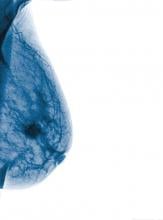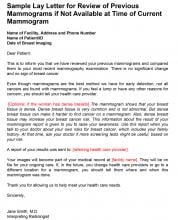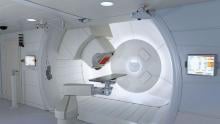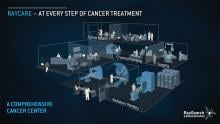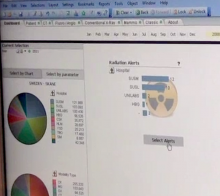Last year, our health system ranked dead last among those of 11 developed nations (including France, Germany, Great Britain and Canada) in calculations done by the Commonwealth Fund, a private foundation that specializes in the analysis of healthcare. This despite seven years of expanded access to healthcare through the Affordable Care Act, also known as “Obamacare.”
© Copyright Wainscot Media. All Rights Reserved.
Subscribe Now

